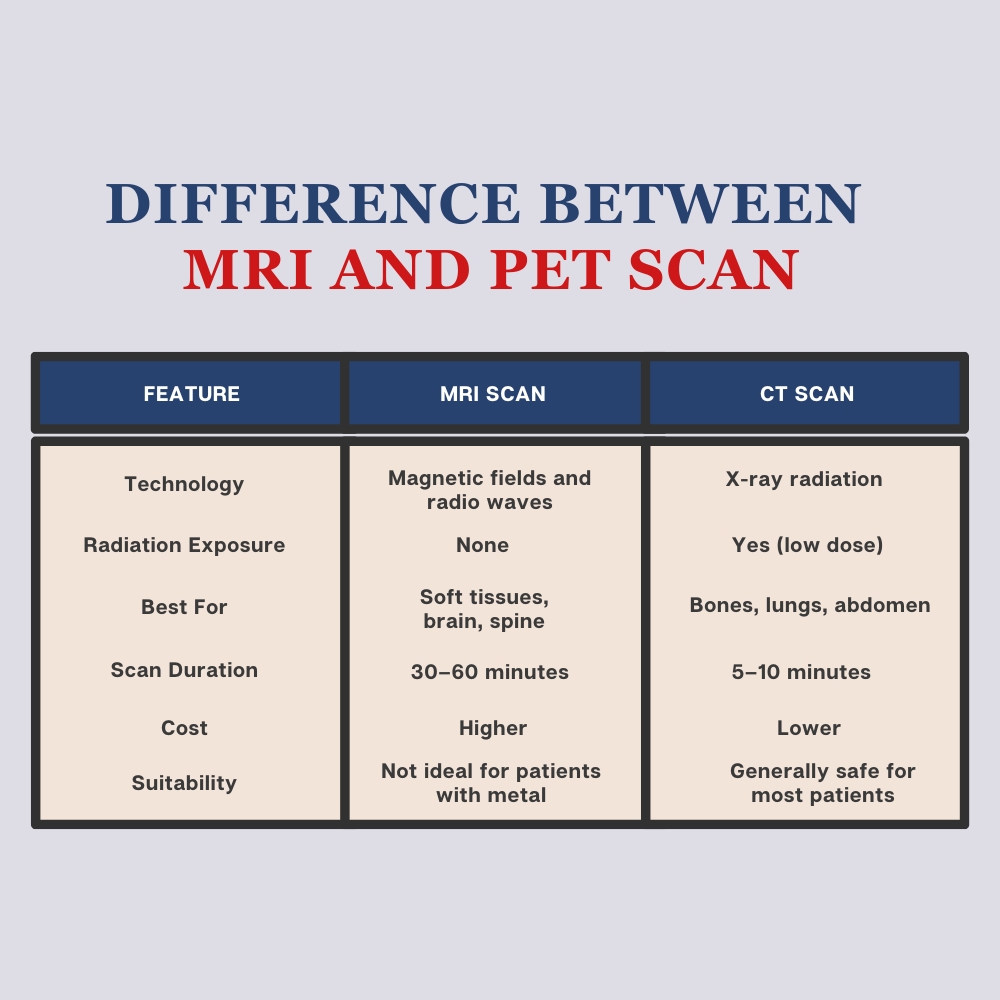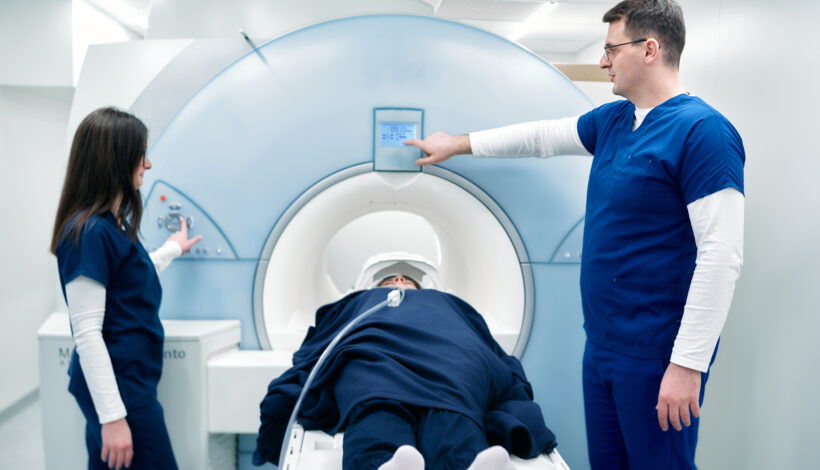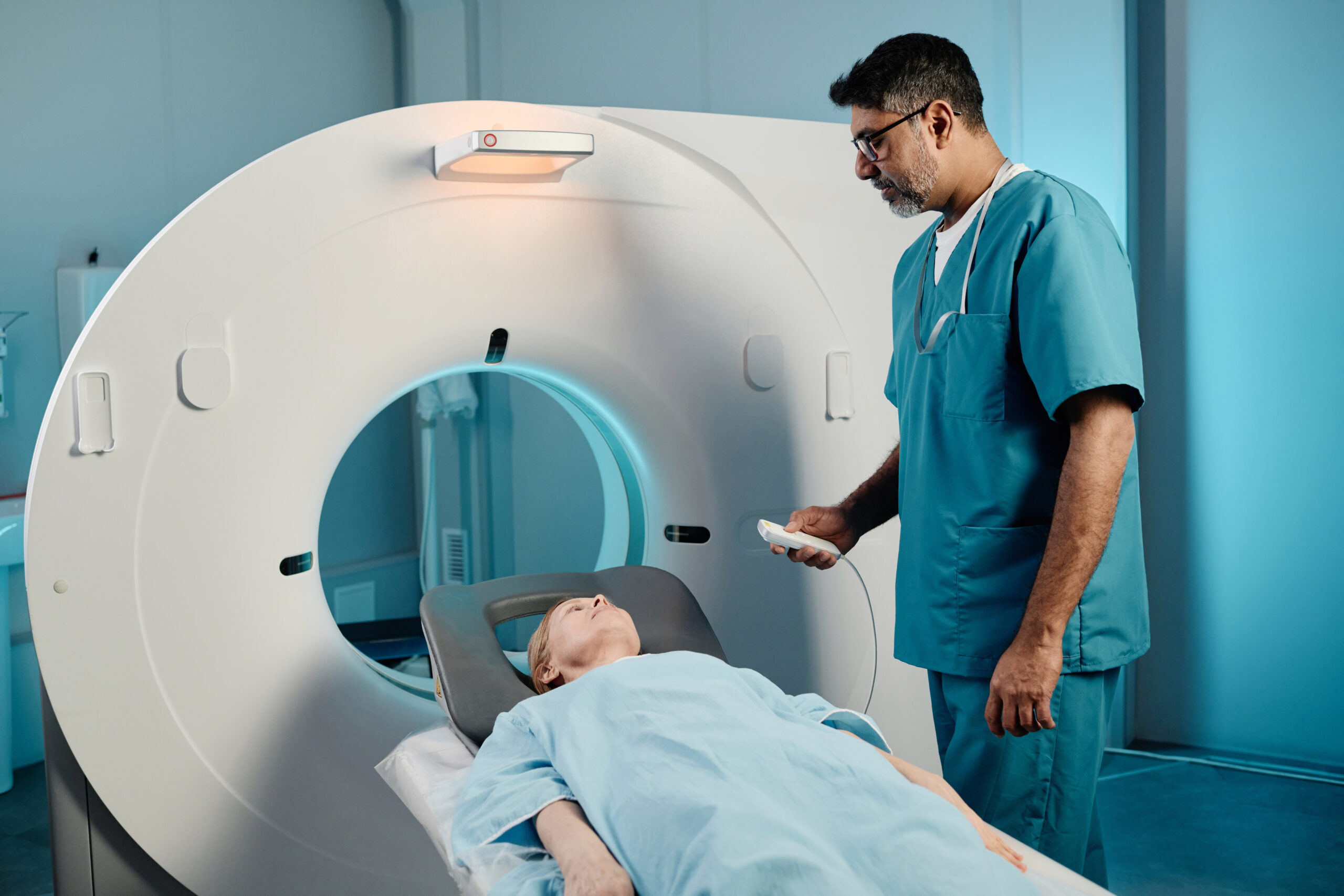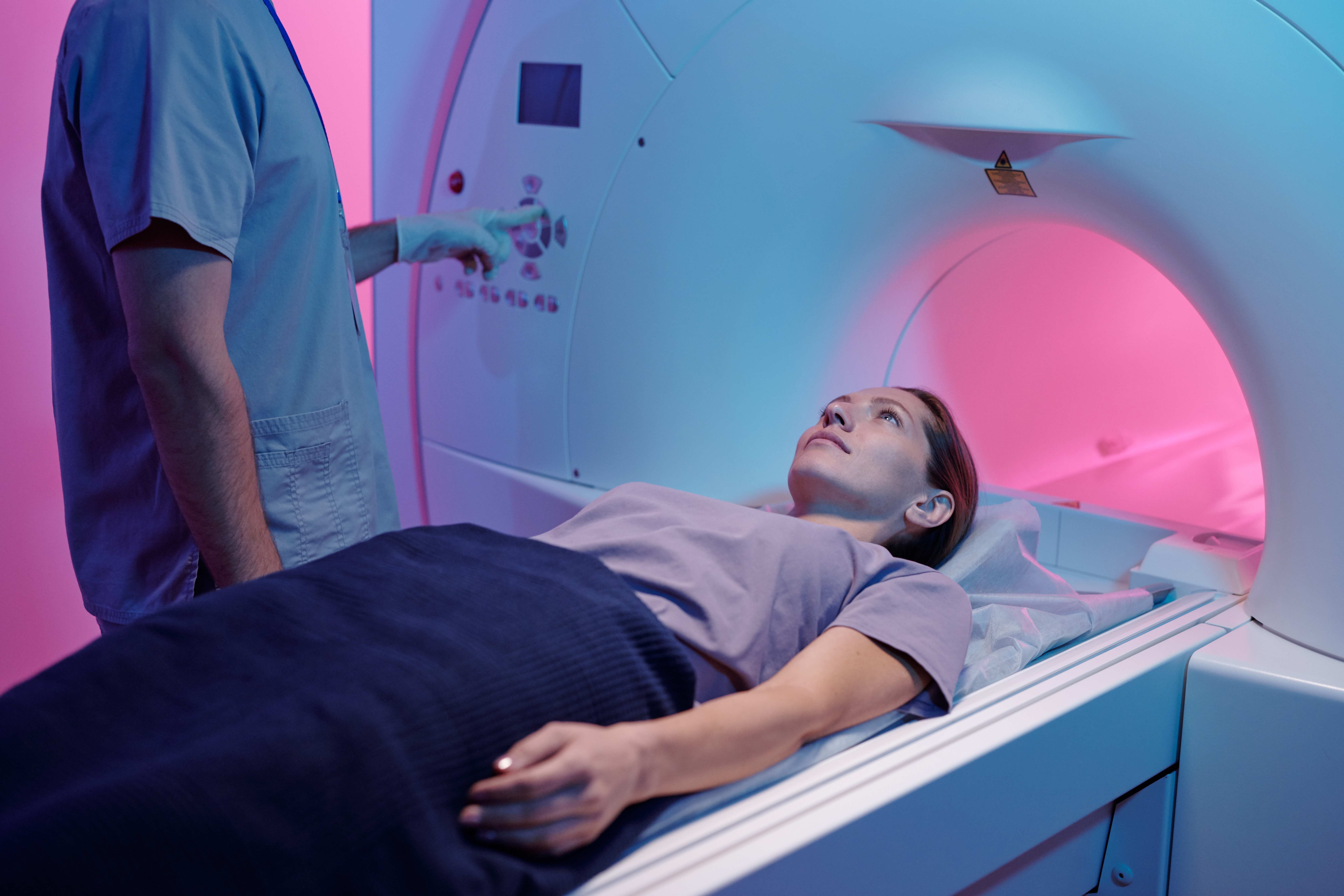When it comes to diagnostic imaging, two of the most commonly recommended tests are MRI (Magnetic Resonance Imaging) and CT (Computed Tomography) scans. While both are used to look inside the body, they differ in technology, use cases, and — most importantly for many patients — cost.
If you’re trying to decide between these two scans or you’ve been advised by a healthcare provider to get one, understanding the MRI vs CT scan cost differences can help you make an informed choice. This guide breaks it all down — from how the scans work to how much they cost at Ace Imaging Centre.
Table of Contents

What is an MRI Scan?
An MRI (Magnetic Resonance Imaging) scan uses powerful magnetic fields and radio waves to create detailed images of the organs and tissues in your body. It is a non-invasive and radiation-free procedure ideal for:
- Brain and spinal cord imaging
- Soft tissue evaluation (muscles, ligaments, tendons)
- Joint injuries
- Tumor detection
- Internal organ scans (like the liver, kidneys, or uterus)
Key Features of MRI:
- No radiation exposure
- Longer scan times (30–60 minutes)
- High-resolution images of soft tissues
- Not suitable for patients with metal implants or pacemakers
What is a CT Scan?
A CT (Computed Tomography) scan uses X-ray technology to capture multiple images from different angles, which are then compiled to form cross-sectional views of the body. It’s often the go-to imaging tool in emergency settings.
CT Scans Are Commonly Used For:
- Diagnosing bone fractures
- Detecting internal injuries and bleeding
- Evaluating lung and chest conditions
- Identifying tumors or masses
- Planning surgeries or treatments
Key Features of CT:
- Quick scan times (5–10 minutes)
- Involves low-dose radiation
- Excellent for imaging bones and chest
- May involve contrast dyes for better clarity
MRI vs CT Scan: Key Differences
| Feature | MRI Scan | CT Scan |
| Technology | Magnetic fields and radio waves | X-ray radiation |
| Radiation Exposure | None | Yes (low dose) |
| Best For | Soft tissues, brain, spine | Bones, lungs, abdomen |
| Scan Duration | 30–60 minutes | 5–10 minutes |
| Noise Level | Loud (requires ear protection) | Minimal noise |
| Suitability | Not ideal for patients with metal | Generally safe for most patients |
| Cost | Higher | Lower |
The MRI vs CT scan cost is primarily influenced by the complexity of the imaging process, technology used, and the duration of the scan. MRI is typically more expensive due to the advanced technology and longer scan times.
MRI vs CT Scan Cost at Ace Imaging Centre
At Ace Imaging Centre, we believe in transparency and affordability. Below is a breakdown of our current imaging prices:
💰 Imaging Pricing Table
| Scan Type | Price (INR) |
| MRI Scan | ₹3,999 |
| CT Scan (Plain) | ₹1,500 |
| CT Chest (Plain) | ₹2,500 |
| CT Abdomen (Plain) | ₹3,500 (Contrast extra) |
These prices reflect high-quality diagnostic imaging with the latest technology, performed by expert radiologists. Compared to market averages, Ace Imaging Centre offers competitive rates without compromising on accuracy or patient care.
Which Scan Should You Choose?
If your doctor has not specified which scan is required, understanding the purpose behind each can help you discuss your options better.
Choose MRI if:
- You need high-resolution images of soft tissues
- You’re experiencing neurological symptoms (e.g., headaches, seizures)
- There’s a need to evaluate joint damage or spinal discs
Choose CT if:
- You need a fast diagnosis, such as in trauma cases
- You’re being evaluated for chest or abdominal issues
- Bone fractures or internal bleeding are suspected
Still unsure? Our radiology team at Ace Imaging Centre is here to guide you on what’s best for your health condition and budget.
MRI vs CT Scan Cost: Why the Difference?
The cost of MRI vs CT scan varies due to several key factors:
- Equipment Costs: MRI machines are more expensive to operate and maintain.
- Scan Duration: MRI takes longer, requiring more technician time and scheduling logistics.
- Image Detail: MRI provides greater clarity for soft tissue structures.
- Radiation-Free: MRI uses advanced magnetic technology, which increases cost but reduces long-term health risks.
When weighing MRI vs CT scan cost, always consider the type of information needed for accurate diagnosis. A lower-cost scan might not provide the detail your physician needs, which could lead to repeated or follow-up imaging.
Frequently Asked Questions
1. What is the cost of MRI scan?
At Ace Imaging Centre, the cost of an MRI scan is ₹3,999. This is an all-inclusive rate for a standard MRI scan, providing high-quality imaging with no hidden fees. Our advanced MRI machines ensure optimal clarity and comfort during the procedure.
2. Is an MRI more expensive than a CT scan?
Yes, MRI scans are typically more expensive than CT scans. At Ace Imaging Centre:
- MRI scan costs ₹3,999
- CT scans start from ₹1,500
The price difference is due to the advanced technology, longer scan time, and the type of imaging data produced.
3. Can I choose which scan to take based on cost alone?
While cost is an important consideration, the choice between MRI and CT should be made based on medical necessity. If you’re unsure, consult your referring doctor or speak to our radiology team for personalized guidance.
4. Do prices differ for contrast scans?
Yes. For example, CT Abdomen (Contrast) costs more than the plain scan. Contrast-enhanced scans require additional materials and monitoring, which increase the total cost. Please contact Ace Imaging Centre for a detailed quote if your doctor has recommended a contrast study.
5. Is prior preparation needed for these scans?
- MRI: May require fasting, especially for abdominal scans. You’ll need to remove metal objects and inform the technician about implants.
- CT: Often requires no special preparation unless contrast is involved. Hydration before and after the scan is encouraged if contrast is used.
Conclusion
Understanding the MRI vs CT scan cost is essential for patients looking to make informed, budget-conscious healthcare decisions. While MRI scans offer greater detail for soft tissues, they do come at a higher price. CT scans, on the other hand, are quicker and more affordable, making them ideal for many urgent diagnostic needs.
At Ace Imaging Centre, we offer both MRI and CT services at competitive prices, combining accuracy, safety, and compassionate care. Whether you’re booking your first scan or seeking a second opinion, our expert team is ready to assist.
📍 Ready to Book Your Scan?
Visit us at Ace Imaging Centre to schedule your MRI or CT scan today.
![]()



